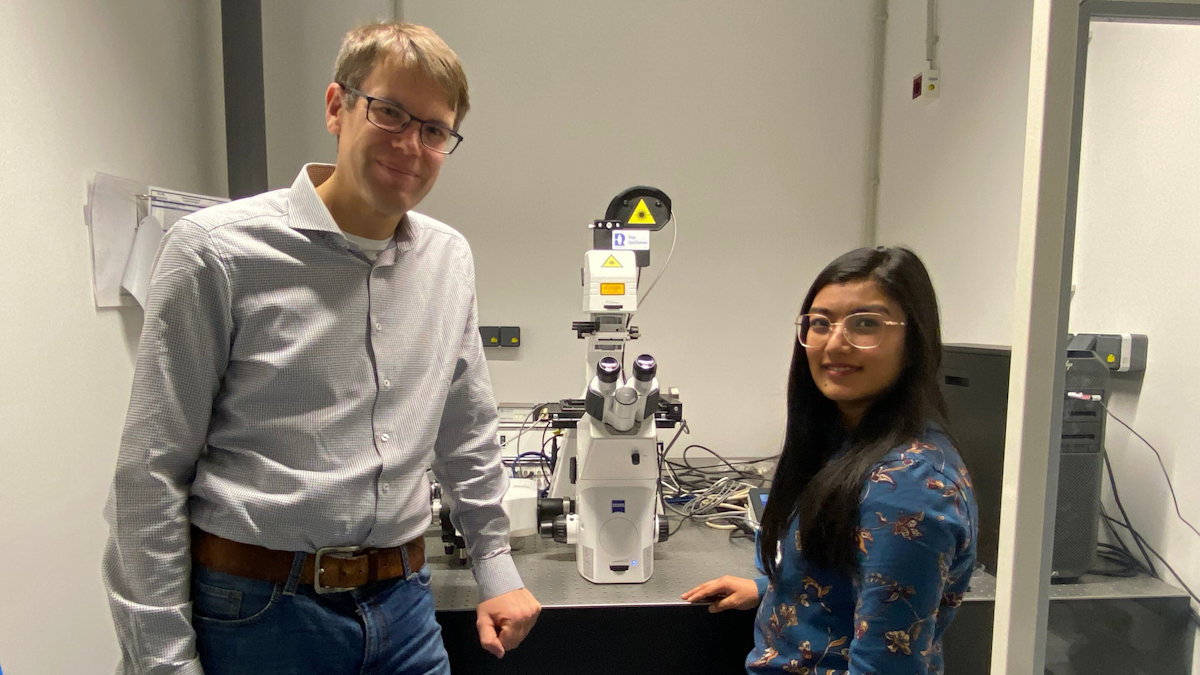Around 80% of proteins involved in diseases like cancer and neurodegenerative illnesses do not have a stable structure. These proteins, known as intrinsically disordered proteins (IDPs) can quickly adapt to the conditions in our cells. A better understanding could aid in developing new therapeutic methods.
A research team working under Puja Shrestha and Simon Ebbinghaus at Ruhr University Bochum and Research Center Chemical Sciences and Sustainability, in Germany, has examined one of these proteins more closely and described its dynamic behaviour. Their work was published in the science magazine Advanced Science.
The study focused on a folded segment known as the cold-shock domain (CSD/CSDex) within the YB1 protein, an IDP with multiple functions in the cell. The researchers wanted to know how this segment maintains its structural stability.
The protein is involved in many of the cell’s most important activities, including the reading of genes, production of proteins, and processing of RNA. “
Because of its close link to cancer growth and drug resistance, understanding how the YB1 protein folds and functions could help in developing new treatment methods,” said doctoral student Shrestha.
The team found that the CSDex protein exhibits moderate stability under physiological conditions. Half of the molecule is in its folded structure while the other half remains unfolded. If the protein binds to nucleic acids, it entirely transitions into its folded state.
“This indicates that these interactions stabilize the protein in a way that helps fix it in its functional form,” said Ebbinghaus.
The team also shows that the protein can take on many different structures, thereby facilitating quick and efficient interaction with a range of nucleic acids. The moderate stability of CSDex could present a natural compromise that gives it the flexibility to efficiently interact with many different molecules while performing numerous functions.
“CSDex-nucleic acid interactions result in an overproduction of different proteins or the repair of nucleic acids, for example, which makes cancer cells more resistant to chemotherapy,” Shrestha said.
Future research could develop molecules that target CSDex-nucleic complexes and specifically block disease-related interactions.
Jim Cornall is editor of Deeptech Digest and publisher at Ayr Coastal Media. He is an award-winning writer, editor, photographer, broadcaster, designer and author. Contact Jim here.


